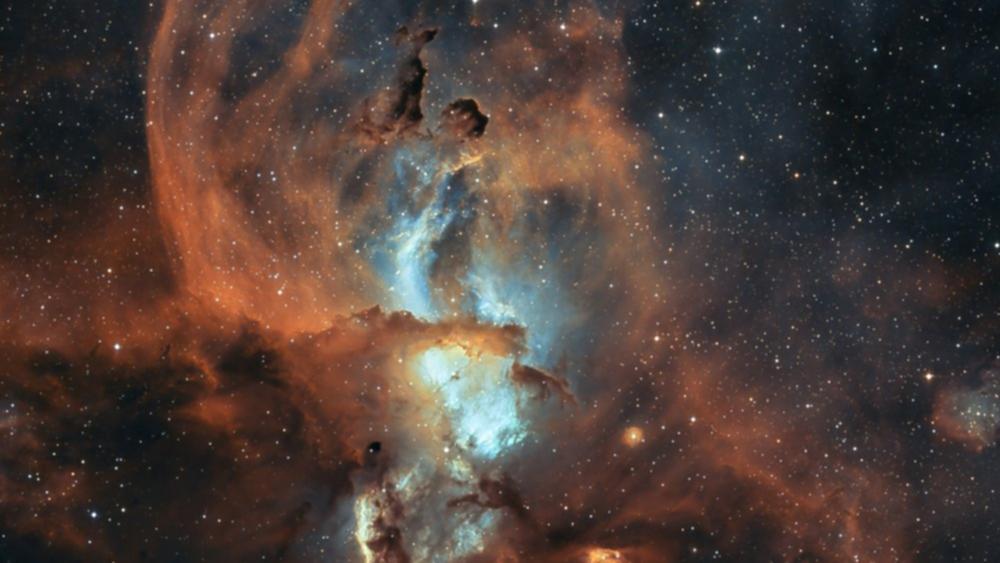[ad_1]
An astro-photographer who captures the Goldfields skies has encouraged locals to appreciate the local starry nights.
Astro-photographer Graham Conaty said he did not think people realised how lucky they were to observe the skies in Western Australia — particularly not in Kalgoorlie-Boulder.
“It’s estimated that around three quarters of the world’s population have never seen the Milky Way with the naked eye and yet, you can walk out into your backyard in Kalgoorlie and make out that faint dust cloud of the Milky Way,” he said.
“You can very easily go into a lot of locations in and around Kalgoorlie where you can see almost make out with your naked eye the cloud of the Milky Way.
“You can point your camera up there, take an image for 20 or 30 seconds and the level of detail you’ll see and the formation of the Milky Way cloud on the back of the camera will be pretty instant.”
Starting his photography career as a sports photographer in 2014, Conaty said demand dried up during the COVID-19 period as no sports were being played.
“I’ve always done a lot of sort of landscape, nightscape and Milky Way in Kalgoorlie during that time, and I thought I’d pick up a telescope — if I can’t travel, then I’ll put my camera on the back of the telescope and just shoot some images from the backyard,” he said.
“So that’s kind of how it started with an intention of just attaching a DSLR to the back of the telescope.
“I very quickly ended up with a full dedicated astrophotography setup with a dedicated camera which has got a cool sensor and narrowband filters and things like that, so I just started off capturing sort of deep-sky nebula from the backyard and then moved into their using remote telescopes.”
Conaty explained each picture was a project which took him several weeks to produce using hydrogen, sulphur and oxygen filters.
“The more time you spend, the more integration time that you get on an image, the more colour and the more detail you get out of it and then the less noise so the less grain you get out of it as well,” he said.
“I will usually enter into the software, the type that I want to want to shoot so in this case, the Statue of Liberty nebula. That then automatically calculates the coordinates of where that’s located in the sky and it’ll give me the best sort of time to shoot that based on how high above the horizon that target is going to be.
“Because I use dedicated astrophotography mounts, the laptop sends those coordinates to the mount and then that automatically moves the telescope into the right position.”
He noted each picture was shot in black and white, before being assigned a colour to produce a coloured image.
“A lot of these —99 per cent, if not 100 per cent — of these images are completely invisible to the naked eye and that’s because there is very specific bandwidths of lights that allow those sort of details to be visible,” he said.
“By using dedicated filters, it blocks out a lot of that light and really sort of allows the specific wavelengths to come through to the camera. That’s what shows the details.
“If I photograph in hydrogen, so what you typically find is a lot of the red colours that you’ll see in nebula in the sky, are typical of hydrogen.”
He said astrophotography could be as expensive or cheap as people wanted it to be, with phones now able to capture stars with dedicated nightscape modes.
[ad_2]
